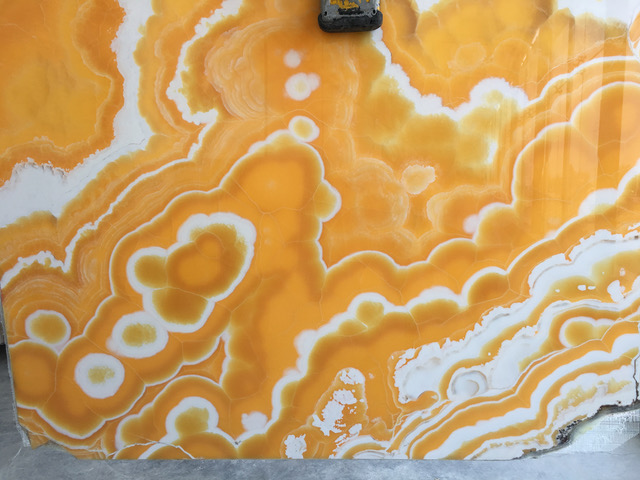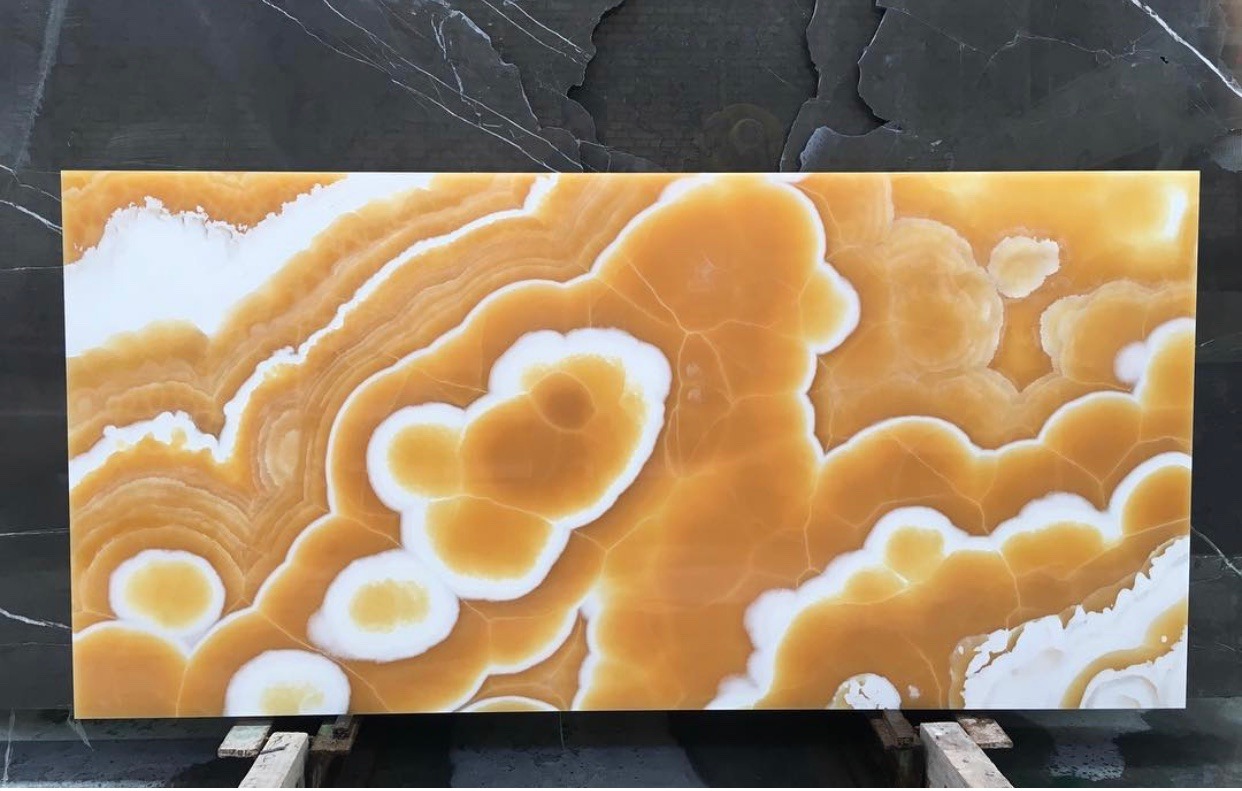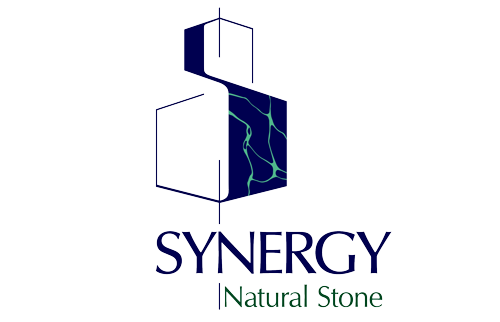Orange Onyx


Orange onyx is a beautiful and vibrant variety of onyx known for its warm orange hues. Here’s a breakdown of its key characteristics:
- Color: The defining feature! Orange onyx ranges from light peachy orange to deeper reddish orange tones. It can sometimes feature brown or white veining for added visual interest.
- Origin: Sources of orange onyx can be found in various locations around the world, including Iran, Mexico, and Pakistan.
- Properties: While more durable than pure onyx, orange onyx is still a softer stone compared to granite. Sealing is recommended to protect against scratches, etching, and stains.
- Light Transmittance: Like most onyx, orange onyx is translucent to some degree, allowing light to pass through it partially. This property can be particularly striking when backlit.
Applications: Orange onyx is a popular choice for creating a statement piece due to its bold color. Some common uses include:
-
- Countertops: Adds a touch of vibrancy and luxury to kitchens and bathrooms.
- Backsplashes: Creates a dramatic focal point and complements warm-toned lighting.
- Wall cladding: Provides a unique and eye-catching element in living rooms or hallways.
- Feature elements: Can be used for unique design features like fireplace surrounds or vanity tops.
Here are some additional things to consider about orange onyx:
- Variations: As a natural stone, each slab of orange onyx will have unique variations in color and veining patterns.
- Versatility: Orange onyx can work well in modern or contemporary design styles. Due to its bold color, it’s often recommended for use in smaller spaces or paired with neutral tones for a balanced look.
- Maintenance: Regular sealing is recommended to maintain its beauty and protect it from stains. Due to its softer nature, avoid using harsh chemicals or abrasive cleaners.
Orange onyx can be a captivating choice for your project if you’re looking for a way to add a touch of warmth, energy, and individuality to your space.
